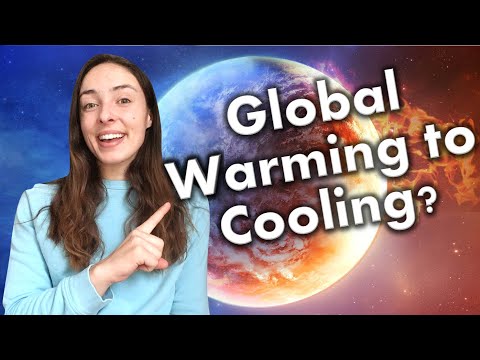Description:
Explore the dramatic climate shifts of the Paleogene period in this 21-minute video lecture. Learn about the Paleocene-Eocene Thermal Maximum (PETM), a sudden intense warming event triggered by methane release, and its impact on ocean circulation and life. Discover how the Early Eocene Optimum (EEO) extended warm conditions globally, followed by a long-term cooling trend leading to the Eocene-Oligocene Ice Age. Understand the tectonic factors that contributed to Antarctic isolation and the onset of modern ocean circulation. Examine the consequences of these climate changes on terrestrial vegetation, mammalian evolution, and Earth's overall environmental regime. Gain insights into the complex interplay of greenhouse gases, ocean dynamics, and tectonic processes that shaped our planet's climate history.

Paleocene-Eocene Thermal Maximum to Eocene-Oligocene Cooling - GEO GIRL
Add to list
#Science
#Earth Science
#Geology
#Environmental Science
#Climate Change
#Paleontology
#Mass Extinctions
#Greenhouse Gases
#Paleoclimatology